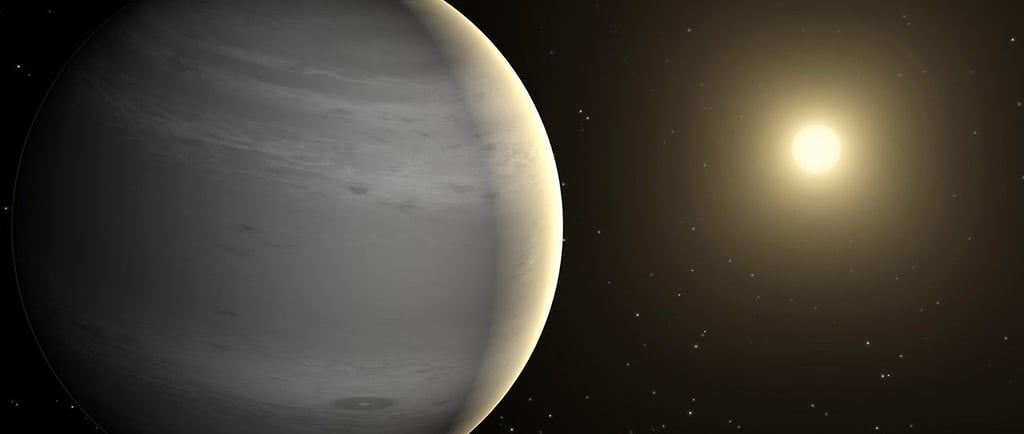The Planetary System of 14 Herculis


Introduction to the 14 Herculis System
The 14 Herculis is an intriguing system located approximately 60 light-years away from Earth, housed within the constellation of Hercules. It garnered attention in the astronomical community following the discovery of its first planet, 14 Herculis b, which was identified through the radial velocity method. This discovery opened doors to understanding the dynamics of planetary systems beyond our solar system.
The Unique Characteristics of 14 Herculis b
14 Herculis b exhibits several fascinating features that set it apart from other exoplanets. One of the most notable aspects of this planet is its eccentric orbit, which has a period of about 4.8 years. This means that the planet does not travel in a circular path; rather, its orbit is elongated, leading to significant variations in distance from its host star over the course of its year.
The implications of this eccentric orbit are profound. It impacts the planet's climate and atmospheric conditions, as the variations in distance could result in dramatic temperature swings. Understanding these conditions is crucial for astrobiologists who seek to study the potential for life on such planets.
The Potential of 14 Herculis c
Adding to the intrigue of this planetary system is the proposed existence of a second planet, designated 14 Herculis c. Although not yet confirmed, models suggest that the gravitational influence of this potential planet could play a role in the orbital dynamics of the entire system. Researchers continue to explore the possibility of confirming the presence of 14 Herculis c through advanced observation techniques.
The discovery of a secondary planet in the 14 Herculis system would not only enhance our understanding of the gravitational interactions between celestial bodies but also provide additional contexts regarding the formation and evolution of planetary systems. Future missions and telescopes aimed at studying such systems will be paramount in shedding light on these peculiar cosmic arrangements.
In conclusion, the ongoing research surrounding the 14 Herculis planetary system, particularly regarding 14 Herculis b and the speculative 14 Herculis c, holds great significance. As astronomers continue to unveil the mysteries of this system, we can anticipate a deeper understanding of the complex nature of planetary formation and the diverse conditions that may exist beyond our own solar system.
